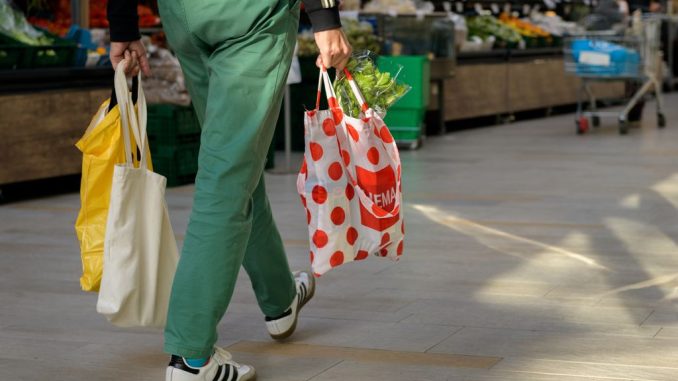
Inflation barely lower, energy and groceries continue to rise in price
The costs for daily life continue to rise. The prices for groceries, services and fixed costs were 3.1 percent higher in June than a year ago.
This is evident from the final inflation figures of the past month calculated by the Central Bureau of Statistics. A week ago the CBS already came up with the provisional figures. The final figure does not deviate from that, but gives more insight into which products have become more expensive or not.
Fixed costs
The costs for housing, energy and water largely determine the price increases. A third of the total price increase comes from here.
This is striking because the share of households that generates electricity increases. This group is probably not much more expensive. That means that households that are not solar panels, a heat pump and insulation are much more expensive than the average.
Groceries continue to rise in price. For example, coffee and chocolate have been expensive for ages. At the same time reports Statistics Netherlands also today that Dutch consumers spend more. That is mainly in spending on services. We spend a little less on groceries.
Tobacco
Inflation is slightly lower than in May. That has to do with tax on tobacco, excise duty. In April 2024 the excise duty on tobacco was raised.
Such a sudden elevation can then be seen in the inflation rate for a year. Now, more than a year later, that effect slowly disappears from the figures.
Incidentally, such an excise duty does not immediately disappear exactly a year later. In the first months after such a tax increase, retailers can still sell their old stock with the lower excise rate.
Eu
Inflation remains only higher than desired. Economists would rather not see the percentage exceed 2 percent, which they still see as healthy growth.
The Dutch price increases are higher than the average of the EU countries. In the eurozone, the prices of energy and products in particular, where they rise in the Netherlands.
Has everything become more expensive? In the special special we compare life in 2022 with that in 2025.

Be the first to comment